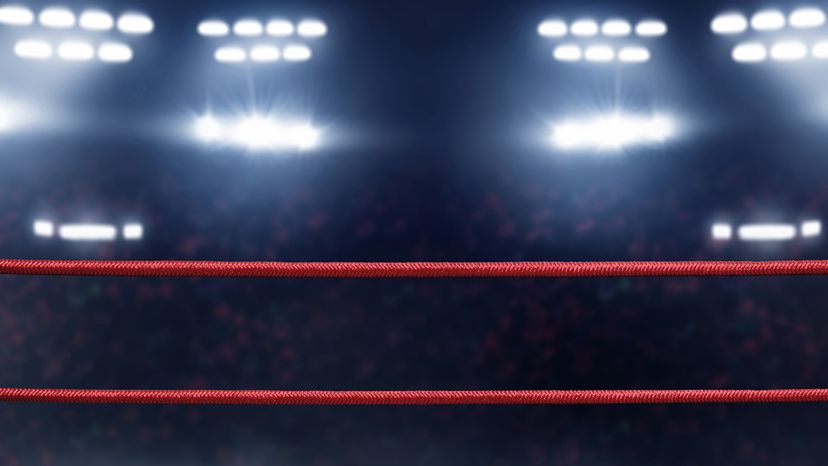Owen's bond with Bret was deeply influenced by their upbringing and rigorous training in their father's "Dungeon" in Calgary. This challenging environment was known for producing wrestlers of exceptional skill and technical acumen, setting a strong foundation for both brothers' careers in professional wrestling.
Bret entered the WWF in 1984, quickly ascending the ranks due to his technical prowess and in-ring psychology. By the late 1980s and into the early 1990s, Bret had established himself as one of the WWF's premier talents, capturing multiple championships and headlining major events, cementing his status as a leading wrestling star in the industry.
Despite sharing a similar training background and undeniable talent, Owen struggled to step out from under the considerable shadow of Bret's achievements. His early years in the WWF were marked by a search for a distinct identity as he navigated through various personas and storylines, endeavoring to carve out his unique space within the wrestling world.
This period was instrumental in showcasing Owen's resilience and versatility, qualities that would later define his successful career in the industry.
The Hart Foundation
The Hart family's impact on professional wrestling is monumental, with the Hart Foundation serving as a prime example of their enduring legacy.
Initially formed by Bret "The Hitman" Hart and Jim "The Anvil" Neidhart (his brother-in-law) in 1985, the Hart Foundation was more than just a tag team; it was a symbol of the Hart family's wrestling dynasty. This formidable duo, managed by Jimmy Hart (no relation), captured the WWF Tag Team Championships twice.
While Owen was not a part of the original duo, the group's ethos and the excellence it represented profoundly influenced his career. Owen's journey in wrestling was intertwined with the legacy left by his brother Bret and the Hart Foundation. This connection was evident in the intense rivalry between the Hart brothers in the WWF during the early 1990s.
But Bret wasn't initially on board with the brothers' being pitted against each other.
"I remember I didn't want to do it. They came to me with the idea... and I said, 'First of all, I can only do it with Owen if I do this. And, I want to think about it overnight because I don't know if I want to fight my own brother,'" Bret said in an episode of "Confessions of a Hitman." "I needed to do this for Owen, so he could show everybody that he's better than they give him credit for... they didn't understand how good of a talent Owen was."
Professional Sibling Rivalry
Owen's character, often portrayed as living in the shadow of his brother Bret's success, struck a chord with pro wrestling fans worldwide. This narrative of sibling rivalry added a deeply personal layer to their professional feud, resonating with audiences and making their encounters in the ring all the more compelling.
The apex of this rivalry was reached at SummerSlam 1994 in a Steel Cage match for the WWF Championship. This match was a technical showcase and a narrative masterpiece, capturing the essence of their complex relationship.
While Bret had the official victory, the match elevated Owen in the eyes of fans, cementing his status as a top-tier talent within the industry.
Despite their intense on-screen rivalry, Owen and Bret shared a strong off-screen bond, emblematic of their ability to distinguish their personal relationship from their professional personas. Their matches, characterized by mutual understanding and technical prowess, were lauded for their storytelling and athleticism, underscoring the deep connection and respect between the two brothers.
They were known to share laughs and maintain a close relationship outside the ring, with Owen often described as the prankster of the family, bringing lighthearted moments to their interactions.
